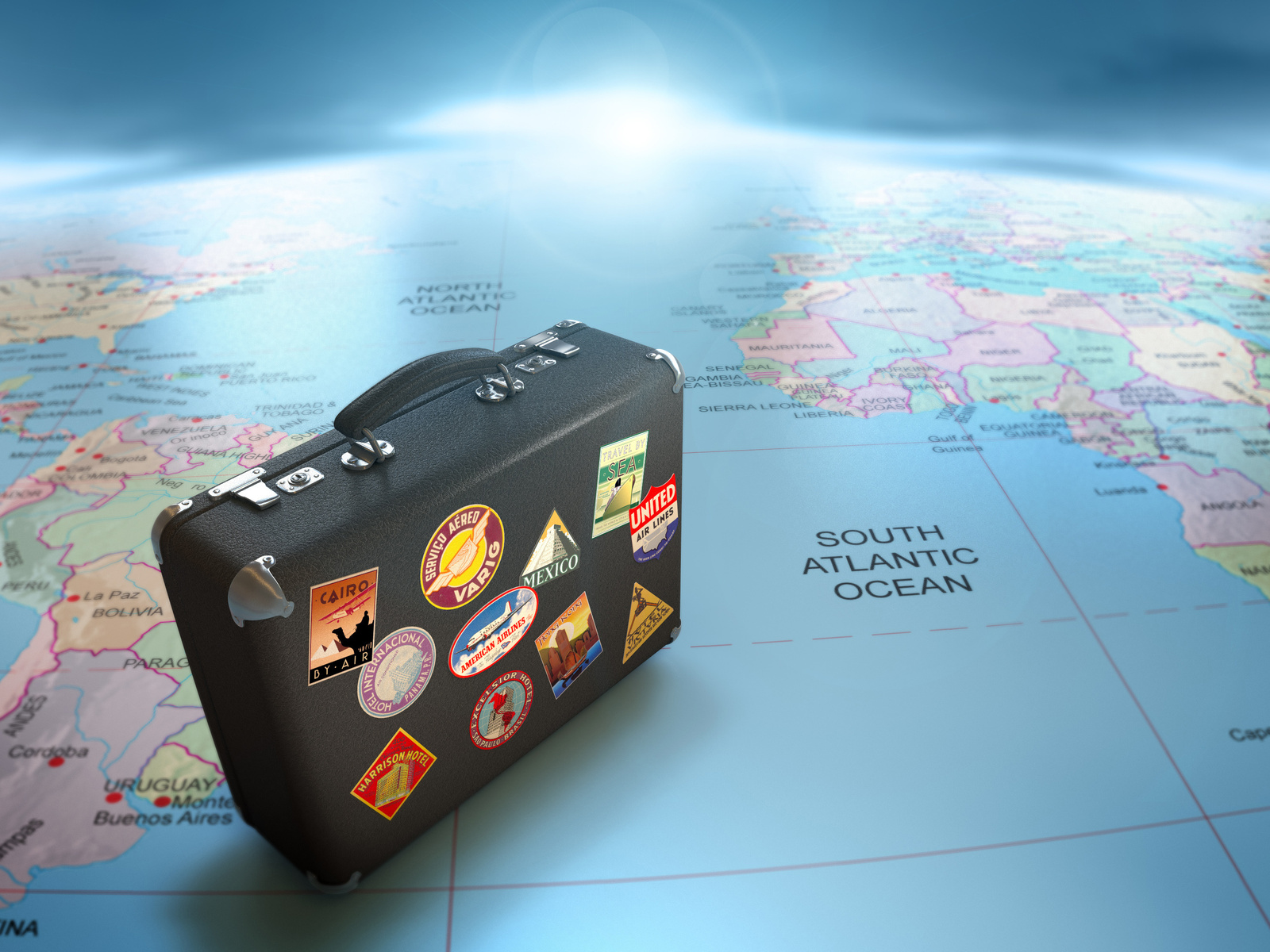In the west-north of Brussels in the suburb of Laeken, there is a majestic palace complex, surrounded by a huge and picturesque park. This place, which previously was the Castle of Schonenberg, is called the Palace of Laeken and is the official residence of the Belgian King and his family.
Initially, the monumental construction was built as a summer residence for a stadtholder of Austrian Netherlands Albert Casimir of Saxony and his wife. The project was created by a French architect, Charles de Wailly. In the 1780s, it was implemented by his colleague Louis Montoyer. Laeken Park was laid around the castle around the same time. It was designed by a famous English landscape designer of that time – Lancelot Brown.
In less than 10 years the first owners of the castle were deprived of it due to the beginning of the 18th-century French Revolution. They abandoned Brussels and sold the entity. The castle was not demolished only thanks to Napoleon Bonaparte who decided to make it his residence.
After the collapse of the First French Empire in 1814, the Laeken Palace was transferred to the United Kingdom of the Netherlands which was established by the decision of the Congress of Vienna in 1815. It turned out that valuable items of the interior that were brought from France were preserved in the building. Among them, there were splendid tapestries which still adorn the halls of audiences on the first floor.
15 years after the revolution, which resulted in the separation of Belgium from the United Kingdom of the Netherlands and its independence, King Leopold I moved to the Palace of Laeken. He enlarged the territory of his new mansion but did not make any significant changes to the building. On the contrary, his son and heir – Leopold II – was charmed by the architecture and the urban layout. During his reign, he made a complex of splendid greenhouses, which were created by Alphonse Balat, Henri Maquet, and Charles Girault. At the beginning of the 20th century, the castle was expanded with two side wings.
Since then the Laeken palace has been a private residence of Belgian kings, so tourists are not allowed to come in. However, for one hundred years, every spring, the doors of the royal greenhouses open to residents and visitors.



